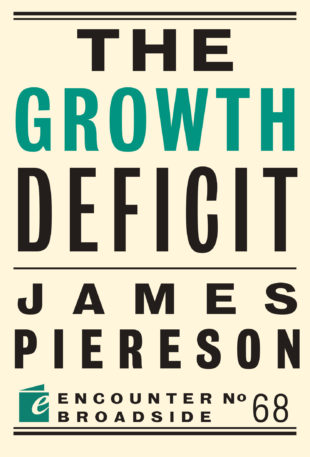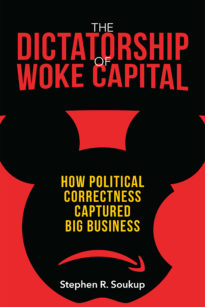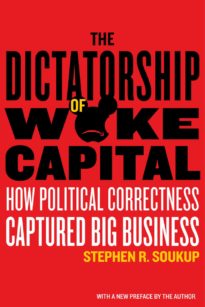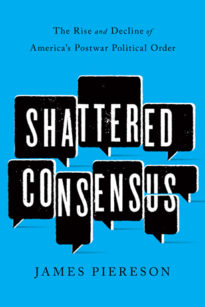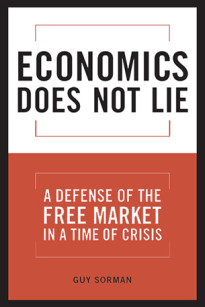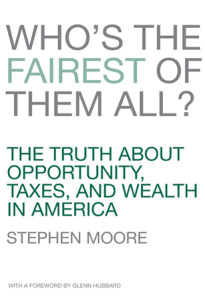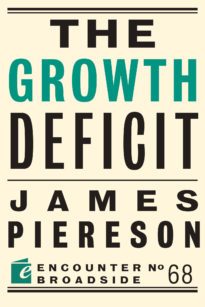During the 1980s and 1990s, European economies went through a period of slowing economic growth and high unemployment, a condition some economists described as “secular stagnation” or “secular decline.” Across the major European economies, especially in Germany and France, economic growth hovered around 2 percent per year during that period, with unemployment ranging between 7 and 11 percent between 1982 and 2005, much in contrast to the robust growth and low unemployment those countries enjoyed during the early post-war decades. Economists pointed to generous welfare policies, government spending and inflexible labor markets as causes of slowing economic growth across the region. On the other side of the Atlantic, the United States enjoyed a robust recovery during those years by reducing taxes, eliminating regulations on business, curbing welfare spending and tightening monetary policy to control inflation and strengthen the dollar. The United States seemed to have a prescription for economic growth that either did not work or could not be tried in Europe.
The question today, after two decades of subpar growth, is whether or not the American economy has entered into its own era of secular decline. For five decades, from 1950 to 2000, the U.S. economy grew (on average) by 3 or 4 percent per year (in inflation-adjusted terms), such that Americans came to assume that robust growth, interrupted by recessions here and there, would continue steadily into the future. Yet over the past two decades the U.S. economy has grown by just 2 percent per year on average, or about half the rate as in the 1950s and 1960s. Now some economists are beginning to wonder if this is the “new normal” for the American economy.
Former Treasury Secretary Lawrence Summers has drawn such a conclusion in a series of lectures and articles over the past several years, including his column for the Vox e-book Secular Stagnation: Facts, Causes and Cures. Summers pointed to lackluster growth and productivity since the year 2000, despite declining interest rates and exploding government debt. In the past, those conditions should have fueled more robust growth than has been the case over the past two decades. He used the term “secular stagnation” to describe the new situation, reviving a concept introduced in the 1930s by Keynesian economist Alvin Hansen to describe the disappointing recovery from the Great Depression. Summers suggested that economists and policy makers need new models and tools to deal with these new conditions.
